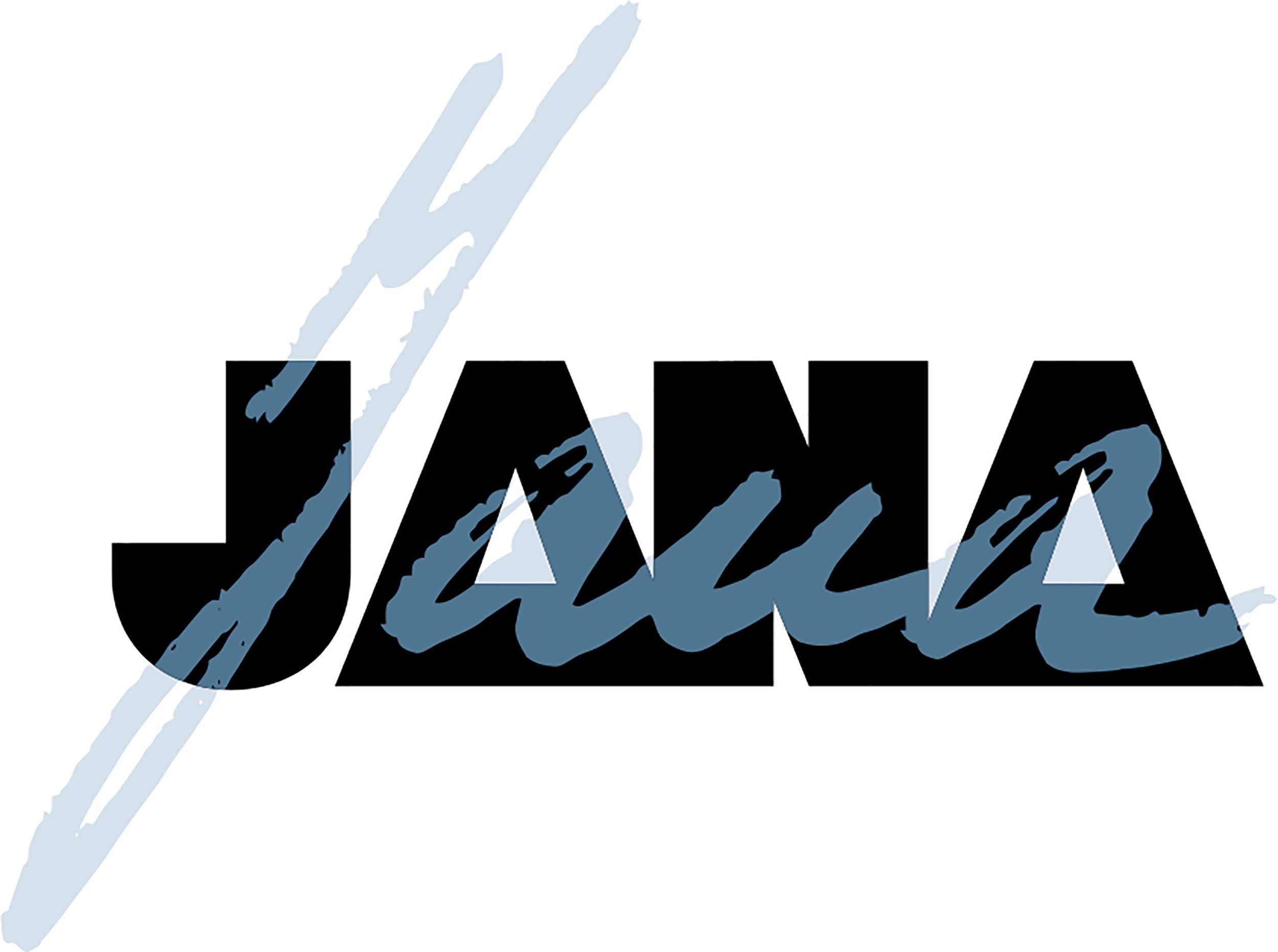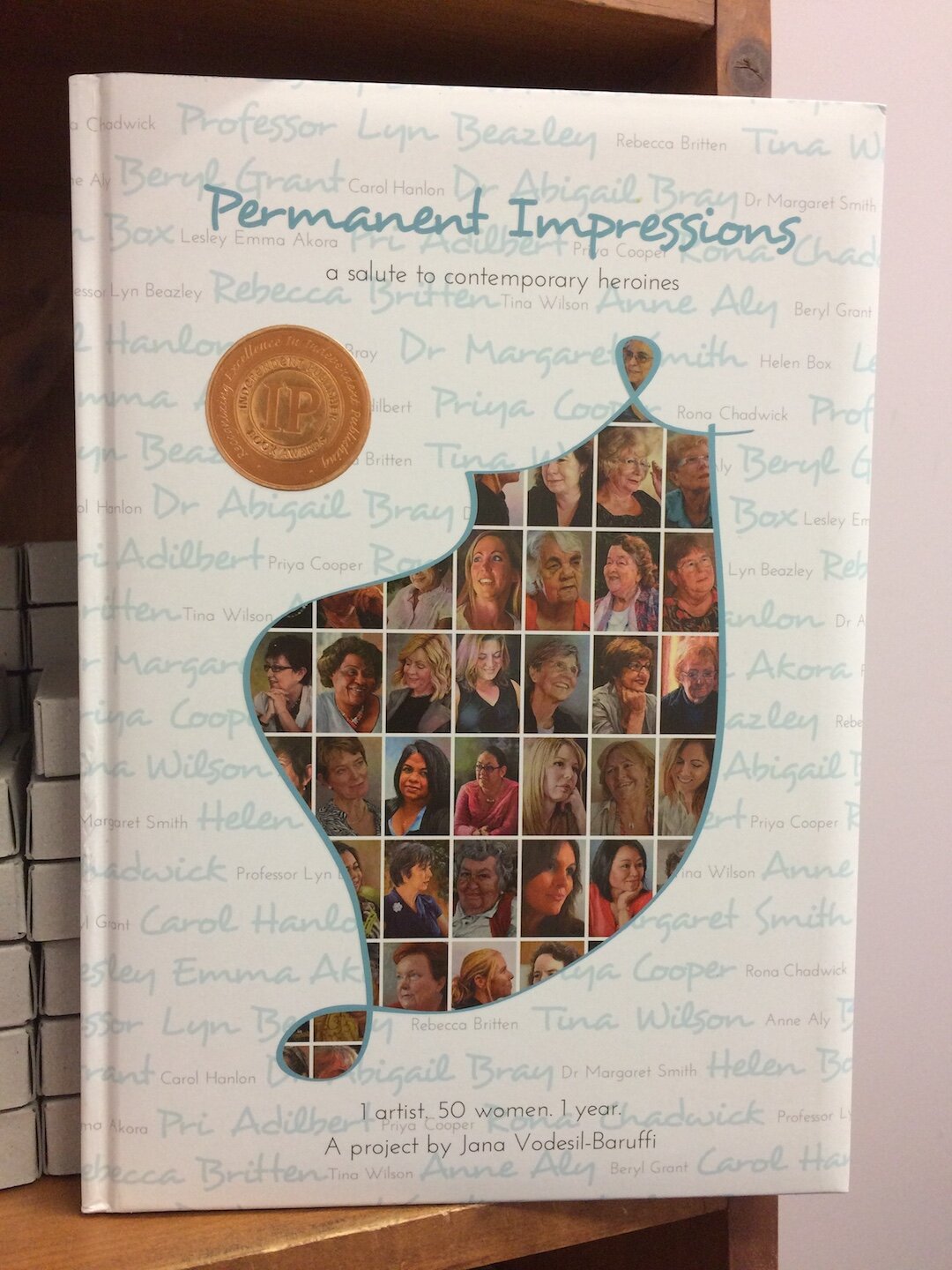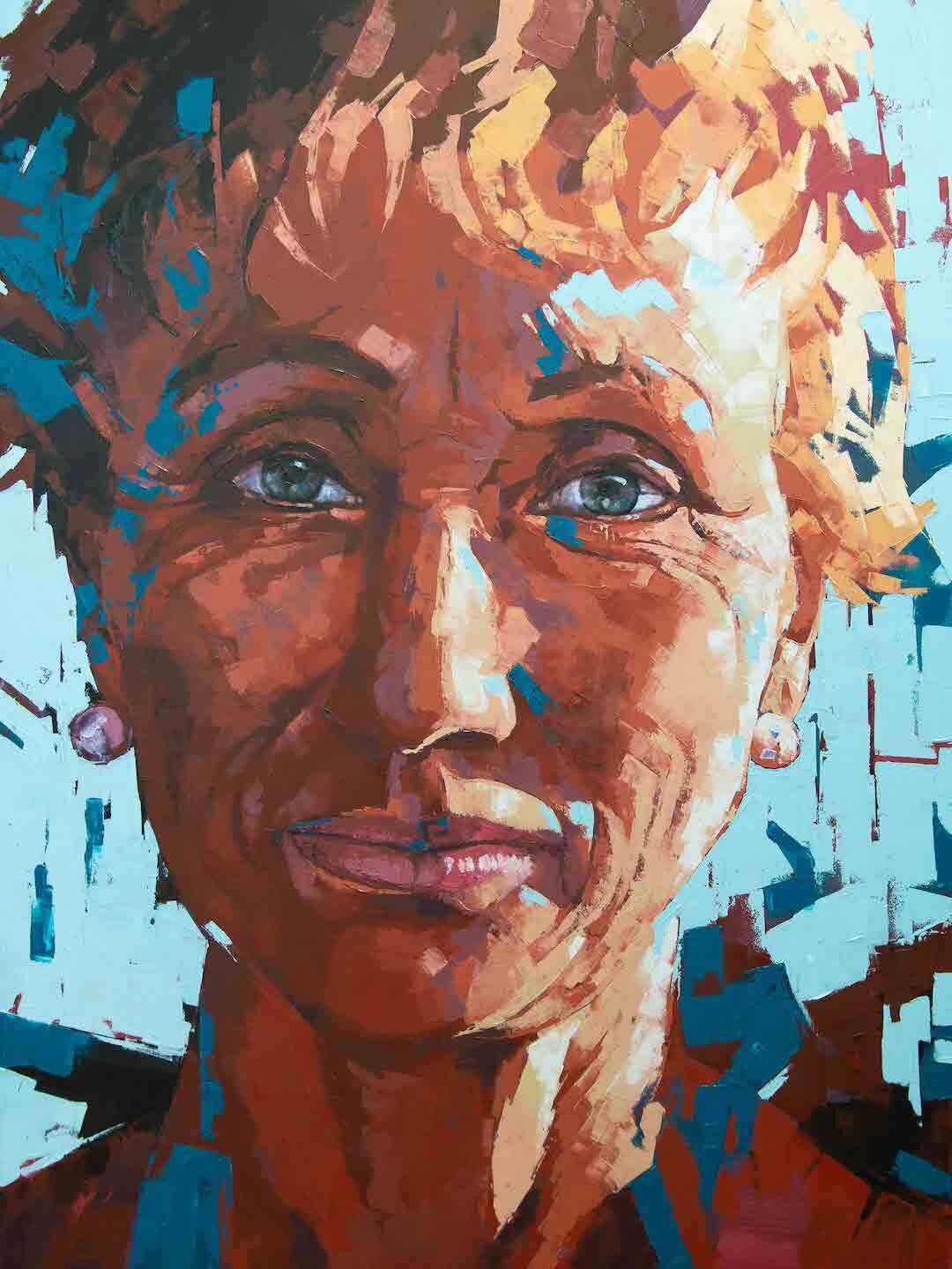Why The Palette Knife Rocks!
Painting with a palette knife has a very long history. As early as the 18th century, artists such as Rembrandt and Francisco Goya, 19th century, Gustav Courbet and Paul Cezanne and in the 20th century, Marc Chagall and Henri Matisse (just to name a few), used a palette knife in the creation of their paintings.
I discovered the palette knife through teaching. In a desperate but fortunate attempt to make some of my student’s be looser in depicting their subject matter, I introduced them to the palette knife. Below was my first palette knife painting ever!
Many of my students embraced the technique quite easily, some took much longer and only very few gave up. Those who persevered did find the technique so rewarding they never, or at least very seldom, returned to brush. However this action also resulted with me falling in love with palette knife painting.
My usual approach is very representational and therefore realistic. I have found that many hours of concentrated effort with brushes and many layers of glazes have been replaced by the rather fast work of a palette knife. HOW REFRESHING! The best thing is – no cleaning brushes. You finish, wipe the palette knife and go!
Now after many years of using palette knife, I find myself experimenting more and more using much bolder and expressive strokes in my work.
A painting created with palette knife has a different energy to the one with brush. The impact of colour is immediate. The purity of colour is much easier to achieve with one stroke of palette knife compared to a brush. The wet colours can be put on top of each other without blending them together.
In many cases I am able to finish the painting in one session, wet on wet, therefore the application of paint is direct, fresh and fast. If I need to go back to the painting when dry, it is only to reinforce the dark, the light and some bright colours in the foreground.
I especially like using the palette knife in painting nature themes, but I have also very successfully painted many portraits. The best example is 50 portraits of WA women, captured in the book “Permanent Impressions” a salute to contemporary heroines, available for purchase on my website.
Some more contemporary examples of portraits painted with palette knife;
To learn how to use palette knife I strongly recommend starting with a landscape. It is certainly an easier and more forgiving subject than a portrait.
You can book one on one ‘Online Tuition’ with me on my website. After booking, please email me an image of your artwork, the reference image you are working from and any questions you may have in order to maximise your learning experience. There would also be many videos available for you to look at.





